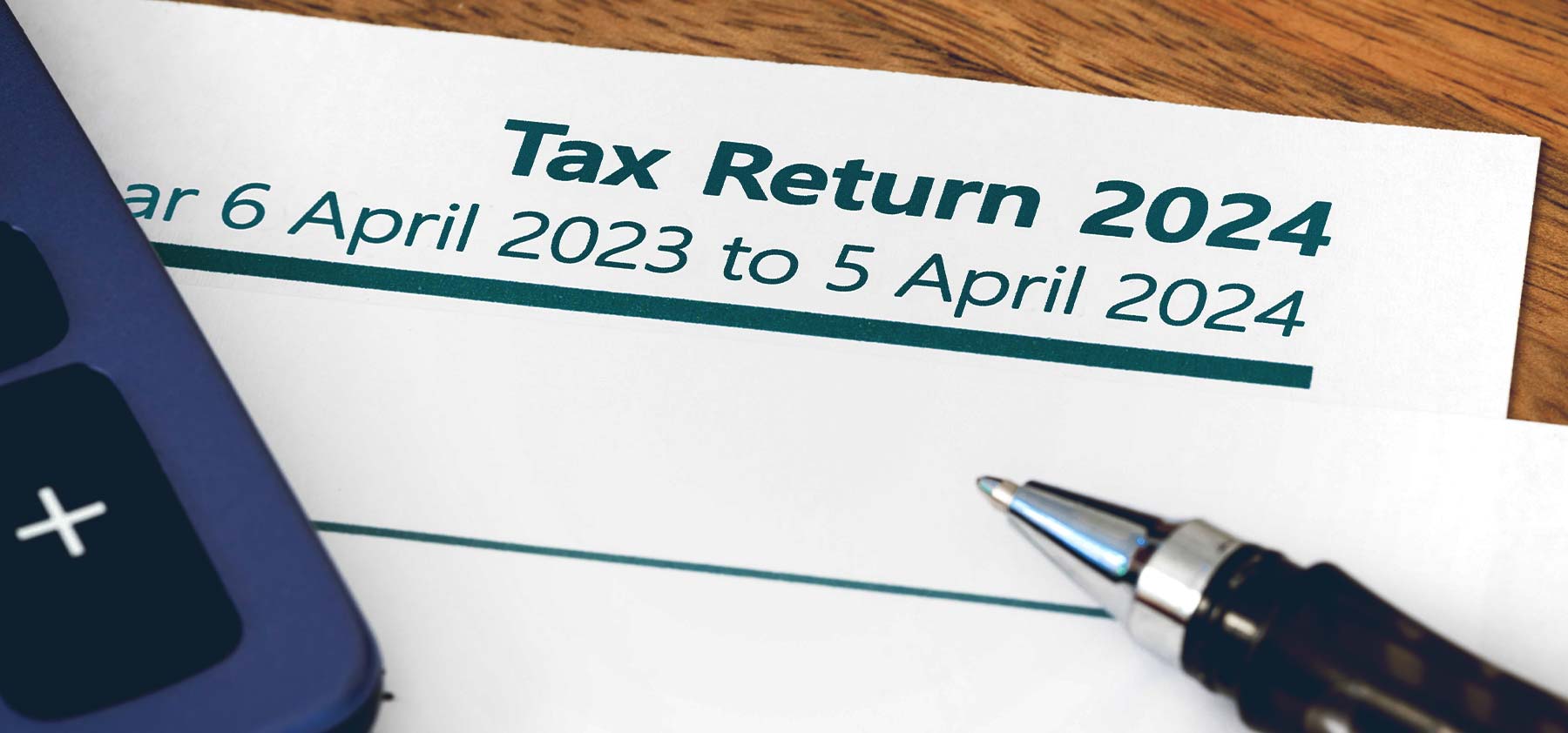
Millionaire business owners: increase CGT to raise £14bn

As Budget day inches ever closer, one of the leading topics at the heart of speculation continues to dominate the headlines. Namely, Capital Gains Tax (CGT).
With many tax rises ruled out by Labour (Income Tax, NI, VAT) since the General Election campaign began, and since confirmed by the new Chancellor, there have been few areas left that could be tinkered with whilst raising the kind of cash that the Treasury purportedly needs to raise.
We’ve heard the £22bn so-called blackhole in the public finances referenced by Ministers many times now. And it looks highly likely – from commentators’ assessments and media reports – that CGT will indeed be reformed to help the cause.
Now, a group of millionaire business owners have backed the idea of increasing CGT. The group of wealthy investors said raising the tax rate on asset disposals would help to bring vital funds for public services and claimed economic growth would not be slowed.
Amongst those quoted in the mainstream media was Mark Campbell, the millionaire co-founder of Higgidy pies. He believes higher rates of CGT would not ‘scare away real investors’ in Britain. ‘Entrepreneurs don’t think about [it] when they create businesses. [It] would not have stopped us investing in Higgidy.’
He added: ‘The UK needs a fairer tax system to invest in its future, and those of us who’ve benefited the most should contribute more so that we have a healthy society and economy for future entrepreneurs to operate within.’
The comments were also linked to a report by the centre-left IPPR thinktank, in which the group of millionaire entrepreneurs said they would be happy to see the rate levied on capital gains rising to the same levels as the higher rate of income tax.
The IPPR report argues that ‘CGT is not a primary driver of investment decisions’ and says: ‘Entrepreneurs and investors alike focus much more on issues such as access to financing, market opportunities, and broader economic conditions.’
Chancellor Rachel Reeves has been quoted in the last year or so saying there were no plans to raise CGT, but there was virtually no mention of it in the official Labour manifesto, suggesting it could be one option to plug the gap in the Treasury’s finances.
Several analysts have suggested we’re likely to see a return to the policy of 1989 when Conservative Chancellor Nigel Lawson changed the CGT rules so that it was applied at whatever the taxpayer’s marginal rate was.
Of course, we’ll have to wait and see what is announced at the Budget on 30 October. We’ll have a report and updates on the day for you.
Many possible changes could be arriving for IHT

Gifting rules look like they could be a target as one of several options to reform Inheritance Tax (IHT) and raise extra revenue for the Treasury.
As speculation builds around potential changes to IHT in the upcoming Budget, many tax commentators are expecting significant shifts in some key areas.
Gifting rules, particularly the “seven-year rule,” which allows individuals to gift assets tax-free if they pass away 7 years or more after the gift is made, is reportedly one area that could be in the sights of the Chancellor. It means if the person dies within seven years of making the gift, the value of it may still be considered part of their estate for IHT purposes. As it currently stands, gifts made less than three years before death are taxed in full, while those given between three and seven years attract taper relief, reducing the IHT rate.
According to the i newspaper, the Chancellor may extend this period to ten years or even consider abolishing taper relief altogether. Another potential change could be the complete axing of the seven-year rule so that any gifts made during a person’s lifetime would be subject to IHT upon death, regardless of how long they survive afterwards. Any changes along these lines could discourage lifetime gifting, reducing families’ ability to pass on assets tax-efficiently, some have warned.
The nil-rate band, the amount of an estate that can be passed on without incurring IHT, could also be a target. This band has been frozen at £325,000 since 2009/10, despite significant property and investment inflation. Some experts argue that this freeze is dragging more estates into the IHT net. Receipts from IHT have already risen by 9% this year, with the Treasury collecting £3.5 billion between April and August and with another record total looking likely.
The Residence Nil-Rate Band (RNRB) is another relief under scrutiny. Introduced in 2017, this allowance enables an additional IHT exemption when a main residence is left to direct descendants. Think-tank The Resolution Foundation has urged the chancellor to abolish the £175,000 RNRB, saying it could save the Treasury around £2 billion.
Business relief, particularly for Aim shares, could also be subject of alterations. Currently, qualifying Aim shares held for two years can receive 100% IHT relief. Critics argue that this creates an unfair loophole for some investors.
Agricultural property is another area for possible tinkering. Currently, agricultural property used for farming can qualify for 100% IHT relief, allowing land and buildings to be passed on tax-free. However, this relief has come under increasing scrutiny, and commentators suggest it may be reviewed to ensure it aligns with broader IHT reforms.
Could we also see tiered IHT rates based on estate size or the capping of reliefs? There is certainly a lot of scope for adjusting the rules around IHT and it will be fascinating to see which of these many potential options, if any, become reality on 30 October.
Changes to high earners for Self-Assessment

Anyone who earned between £100,000 and £150,000 in the 2022-23 tax year should have received a letter from HMRC regarding changes to the requirements to fill out a Self-Assessment Tax Return for 2023-24.
Those with income within this range and who are purely paid through PAYE have been required to submit a tax return up until now. But the threshold is rising to £150,000 for 2023-24, as HMRC officials are highlighting to taxpayers in recent weeks.
So, now those with income between £100,000 and £150,000 will not have to complete Self-Assessment for 2023-24 – unless any of the following criteria applies to them. They:
– receive any untaxed income over £2,500
– are a partner in a business partnership
– have to pay the High-Income Child Benefit Charge
– are a self-employed individual with gross income of over £1,000
The 2023-24 Self-Assessment deadline is 31 January 2025. Bigger changes are afoot for beyond this. For the current tax year (2024-25), HMRC is scrapping the income threshold to complete a tax return for PAYE-only taxpayers. However, the list of criteria above will still apply, meaning Self-Assessment Tax returns will be necessary for those fitting them.
New rules for businesses on employee hours data delayed

New rules for businesses surrounding submitting data about employees’ hours through the tax system are to be delayed by a whole year, HMRC has announced.
Two sets of new draft regulations laid out the way businesses will have to change the information they provide to the tax man through both Income Tax Self-Assessment (ITSA) and PAYE (Pay As You Earn) real-time returns.
The new requirements were set to take effect in April 2025. But employers will have an extra year now to prepare for the changes, with the date being pushed back to April 2026.
The postponement is ‘owing to the delay caused by the General Election and the lead-in time required to prepare for implementation,’ HMRC officials noted in an update.
The draft regulations that had been consulted on earlier this year, whilst the Conservative Government was in power, were the Income Tax (Pay As You Earn) (Amendment) Regulations 2024 and the Income Tax (Additional Information to be included in Returns) Regulations 2024.
Further updates on the proposals and timelines will come in ‘due course’, HMRC added.
November Questions and Answers

Q: I own some agricultural properties that I hope to pass on to my sons when the time comes, but I’ve heard that there might be changes in the upcoming Budget. What are the current rules for Agricultural Property Relief on Inheritance Tax, and what might change?
A: Currently, Agricultural Property Relief (APR) allows you to pass on agricultural property free from Inheritance Tax (IHT), provided the property meets HMRC’s qualifying conditions. To qualify, the property must be used for agricultural purposes, such as land for crops, pasture for livestock, or certain buildings like farmhouses and cottages. The property must also have been owned and used for agricultural purposes for at least two years if farmed by the owner or their spouse, or for seven years if let out to someone else. Additionally, the size and nature of buildings must be appropriate to the agricultural activity to qualify, and the relief only covers the agricultural value of the property – not the market value if it exceeds the agricultural value, such as a farmhouse that could be sold as a residence.
The relief is generally available at 100% if the land is actively farmed or let under a qualifying tenancy, but in other cases, such as older tenancies, relief may only be available at 50%.
However, speculation about the upcoming Budget suggests there may be changes to IHT, including potentially removing the favourable treatment for agricultural and business property. If this happens, your agricultural properties could face higher IHT charges, as they may no longer qualify for this relief.
It’s a good time to review your estate planning.
Q: My husband has been in full-time employment for many years and hasn’t had to deal with Self-Assessment Tax Returns until now. Recently, he started doing some freelance work alongside his job. What should he know about filing taxes for his freelance income, and are there any special considerations for someone in his position?
A: Many people are in the same boat and it’s important for him to understand how to handle his tax obligations.
Since he’s earning additional income from freelancing, he’ll need to report this on a Self-Assessment Tax Return if his earnings exceed £1,000. This threshold allows him to earn up to £1,000 from freelancing without needing to file a tax return for that income, which can be beneficial for small side jobs.
For those in a situation like your husband’s, there’s a potentially helpful option if the total tax liability from self-employment is £3,000 or less. If he qualifies, he can request to have this amount collected through his PAYE tax code, allowing the tax owed to be deducted from his salary in manageable monthly instalments rather than as a lump sum.
To take advantage of this payment method, he needs to be proactive. He must complete and submit his online tax return by 30 December following the end of the tax year. Meeting this deadline is crucial for ensuring that the tax adjustment can be applied to his PAYE code for the upcoming year.
Q: I’m planning to go back to work next year after maternity leave, and I’ve heard about changes to the free childcare scheme. What should I expect, and are these plans still going ahead with the new government?
A:You’re right to enquire because there have been significant changes to the free childcare scheme, and further expansions are planned.
Previously, working parents with children aged three and four were entitled to 30 hours of free childcare per week, though this was reduced to 15 hours if either parent had an income of £100,000 or more.
Starting from April 2024, parents of two-year-olds have qualified for 15 hours of free childcare, with the scheme expanding further in September 2024 to include children as young as nine months old.
From April 2024, working parents with two-year-olds have been eligible for 15 hours of free childcare per week. As of September, this has been extended to parents with children as young as nine months.
By September 2025, under the previous government, the plan was to roll out 30 hours of free childcare per week for working parents of children from nine months to three years during term time. However, parents earning more than £100,000 will be limited to 15 hours per week.
Labour has indicated it would continue to back this plan. However, the new government has also committed to reviewing childcare, with the new Education Secretary raising concerns about funding and capacity issues in the system. So, we’ll need to keep an eye out for any potential updates or adjustments over the coming year. It’s even possible something will be clarified or announced on 30 October at the Budget.
November Key Dates

1st
– 1 November onwards – more details of Treasury’s Budget papers expected to be published.
7th
– Due date for online submission of VAT return and payment of VAT for the quarter ending 30 September 2024 (if not on the Annual Accounting Scheme).
19th
– For employers operating PAYE, this is the deadline to send an Employer Payment Summary (EPS) to claim any reduction on what you’ll owe HMRC.
22nd
– Deadline for employers operating PAYE to pay HMRC. This is also the quarterly deadline for businesses that pay per quarter.
30th
– Deadline for filing the Company Tax Return (CT600) for companies with an accounting period ending 30 November 2023.
– Deadline for 2023/24 tax credit claims to be submitted and for renewing tax credits (Child Tax Credit and Working Tax Credit).
 Book a No-obligation Discovery Call
Book a No-obligation Discovery Call




 Book a Free Discovery Call
Book a Free Discovery Call

